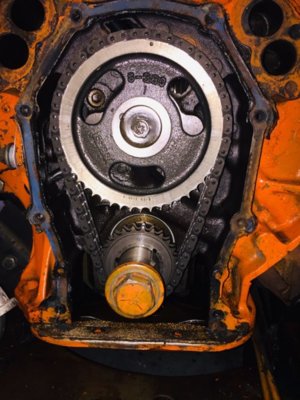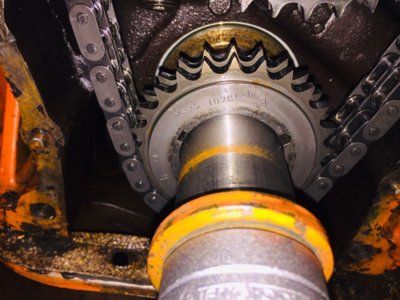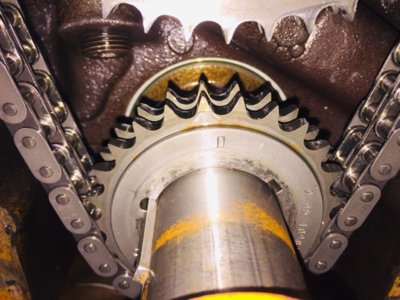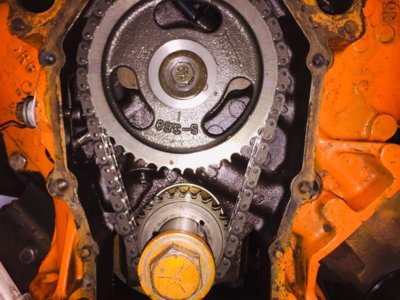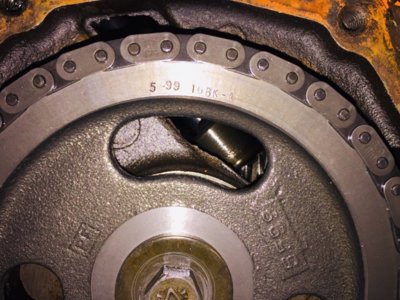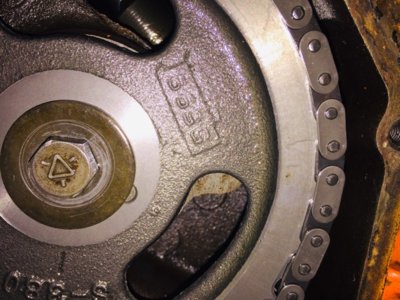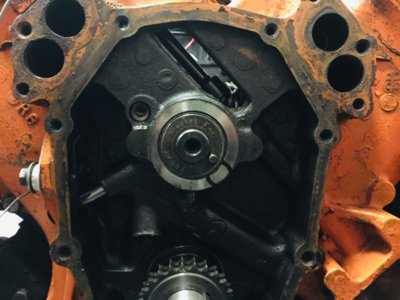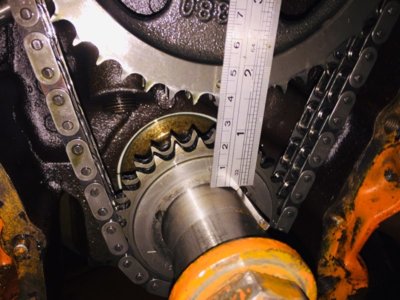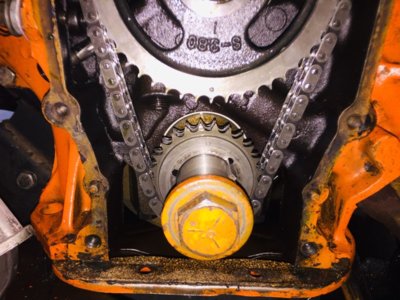If it really had detonation it would have been a goner already i guess because i have been driving it over 800-1000 miles with the current setup.
That kindof depends on the type of driving,and the quality of the parts installed
Only carb was changed recently.
But yeah, how to identity detonation, the only thing i can hear when the vacuum advance was connected is this tingling sound in the exhaust, sounds like there are some little stones inside rattling on the pipe.
Was that at idle, part-throttle/part load or full-load-WOT?
And am close to sea level indeed, actually my town is probably at -1 meter below sea level
 That's kindof what I remembered from grade school; you know tulips,windmills, dikes, reclaimed land, and wooden clogs.
That's kindof what I remembered from grade school; you know tulips,windmills, dikes, reclaimed land, and wooden clogs.
So the cold cranking compression is something to work with?
Yes
It has not run for several weeks now so piston rings and liner will be "dry" of oil by now.
Not so, there will be enough for the compression test and beyond.
@wyrmrider:
The cam seems 1 tooth advanced as in the pictures, when crankshaft sprocket is facing up the cam gear dot has moved along 1 tooth.
Chain has little slack but i guess not excessive.
I assumed the dots on the gears alway line up at the cyl #1 @compression stroke,
Not exactly at, just near
that's why i figured how it is possible to be off but indeed it can be at any location really.
Not any,lol. But yes one tooth out in either direction, and it will still run.
In the pic,to me, the crank-dot does not appear to be truly vertically in line, on the imaginary line that runs directly through the centers of both the crank and the cam. Tell me I'm wrong. But if it has rotated just a tiny bit past TDC, in the CW direction, then the cam dot will also have rotated too far in the CW direction. But, visually, the crank-dot moves to the right while the cam-dot moves left.
But I agree, the cam-timing appears off.
No matter, cuz degreeing it will tell the tale.
View attachment 819711

